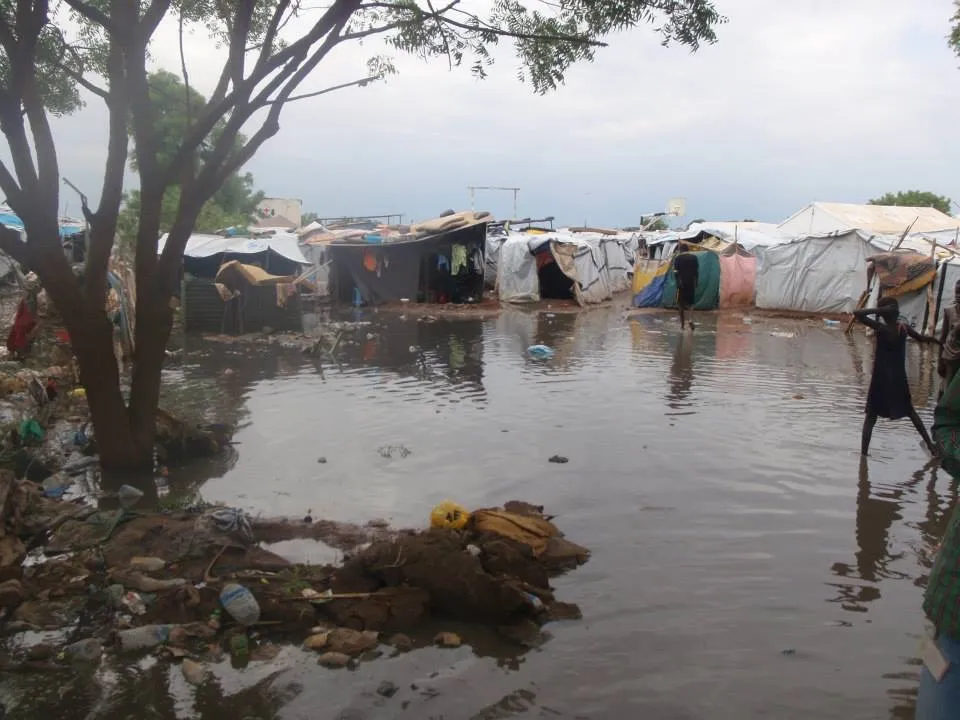Going with the flow: surface water management training

Project overview
By testing innovative curriculum development techniques, this project aims to make eLearning on surface water management more efficient and effective.
Project solution
This project offers [specific solution or intervention] to tackle [challenge]. By implementing [strategies, tools, or innovations], the project aims to achieve [desired outcomes]. The approach is designed to [specific actions or methods] to bring about meaningful change in [community, region, or issue area].
Expected outcomes
This project aims to achieve [specific outcomes], such as [measurable results, improvements, or changes]. The expected impact includes [benefits to the target community, advancements in research or innovation, or long-term effects]. By the end of the project, we anticipate [specific changes or milestones] that will contribute to [broader goals or objectives].
What is the humanitarian need?
Information about existing drainage solutions is scattered across a number of guidelines and manuals. However, these guidelines offer little contextual information about the effectiveness of solutions across different humanitarian settings.ELearning provides great opportunities for scattered specialist humanitarian workers to gain knowledge on topics such as drainage, but as development costs are high ensuring that the curriculum and delivery methods meet users’ needs is important.
What is the innovative solution?
By testing innovative curriculum development techniques, this project aims to make eLearning more efficient and effective.With a scattered, diverse and mobile workforce, training can be difficult to deliver, especially for specialist topics, so eLearning has significant potential. However, the lack of dialogue between teacher and student makes feedback on the course content and delivery difficult.By using an iterative process with the first cohort of learners, the course development may take longer but should match user requirements more closely than a supply-driven approach. This consultation will cover both what is covered but also learning styles and delivery methods (e.g. using mobile phones).Drainage has been chosen as the case study, as there is a clear demand for information and identifiable recipients of the training and well as a demonstrated absence of accessible training material.
What are the expected outcomes?
The output of the project will be a simple training course on surface water management in humanitarian conditions that will be accessible via mobile phones.The longer-term outcome however is a method of designing training courses for dispersed cohorts of participants in a more effective manner, leading to better capacity building and hopefully the resulting impacts on more appropriate infrastructure solutions.
Project delivery & updates
Stay up to date with the latest developments from this project. Here, you will find details on what has been delivered, resources created, and regular updates as the project progresses. Access key documents, reports, and other materials to see how the project is making an impact.